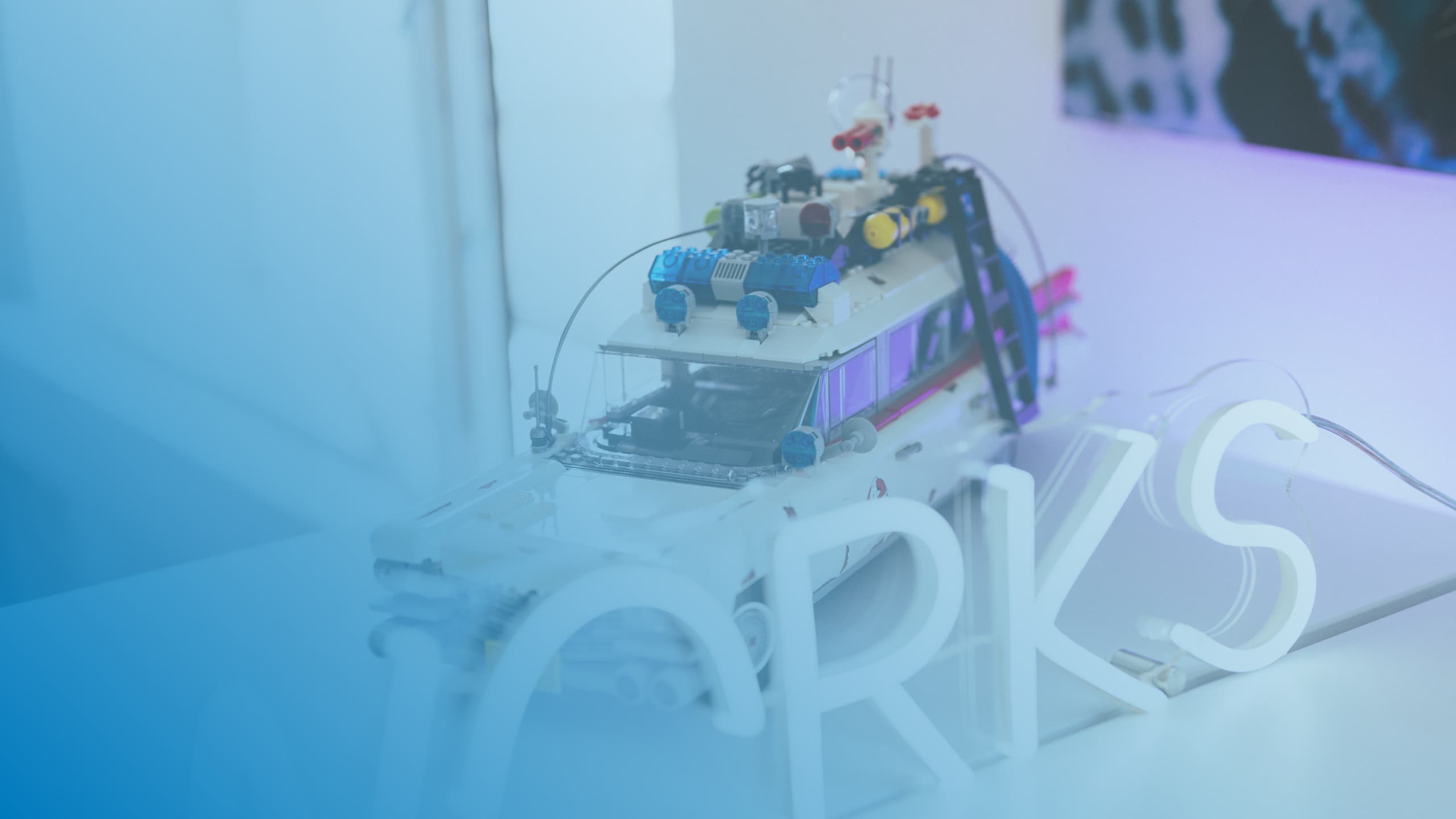Avoiding stress in the workplace - with holistic digitization

Stress at work - the headlines on this subject are worrying: worldwide, stress levels have reached a new record, having already climbed to record levels last year. "Forty-four percent of respondents complain they are experiencing more stress than ever before," reported CIO magazine with reference to the Gallup polling institute. According to the Young Professional Attraction Index by Academic Work, 78 percent of young professionals have already experienced burnout or a situation close to burnout. This can be prevented: Consistently implemented technology and change management enable healthy new work.
A search for the reasons for stress at work reveals that these are closely interrelated. For example, the Young Professional Attraction Index names a negative atmosphere in the company, too high a workload, poor work-life balance, a lack of recognition and poor leadership qualities. Many companies do not have the staff and capacity to distribute tasks evenly and appropriately. When skilled workers are lost as a result, this problem is exacerbated. According to Gallup, the most common cause of burnout is "unfair treatment at work," followed by an unmanageable workload, unclear communication from managers, lack of support from supervisors and inadequate time pressure. The reason supervisors behave this way is because they are often overwhelmed themselves. This is confirmed by the Adecco Group's study "Resetting Normal: Defining the New Era of Work." More than half of the managers surveyed in Switzerland said they do not find it easy to lead others in terms of burnout and mental well-being. They are also at risk of burnout. One of the main causes of this is digitalization, which is not comprehensively understood and only implemented incrementally.
Sick due to stress at work
In the hope of successfully coping with the permanently increasing pressure to perform, a colorful mixture of tools is often used that have not been selected with the necessary care and are not used appropriately. They do not adequately cover the requirements and are sometimes complex to operate. In addition, employees often find themselves in a zoo of applications that they do not know how to use and what they do with them and why. Last but not least, there is a lack of interconnection between the various solutions, so that automation effects fail to materialize and employees rightly gain the impression that they mean additional work - in other words, pure stress.
Logically, they do not perceive such tools as useful, but rather as administrative acts and instruments of control. If they are not involved in the design or do not have a say in the process, psychological stress at the workplace is inevitable. Being permanently online, only working through to-do lists that are getting longer and longer anyway, and/or taking part in countless unproductive meetings is frustrating. The vicious circle of resignation, absenteeism and illness begins. It can quickly escalate into depression due to stress at work. The result: even less productivity and additional stress for colleagues.
Tips against stress at work
First aid for stress in the workplace is to take a holistic view of digitization. This means first defining the goals. From this, the requirements arise and the necessary processes and useful tools, including modern hardware, should be derived. These must be implemented strategically and correctly, including the configurations. The latter should simplify the application. It is crucial to involve the users from the beginning, to train them and to support them during operation. This also means professional development and appreciation, which are a must for young talents, not only according to the Young Professional Attraction Index.
Cloud solutions are enablers for easy and flexible working, which according to the Adecco study is a key to less stress in the workplace, as more than 50 percent of employees want a hybrid working model where at least half of the work is done remotely. This is because cloud solutions such as Google Workspace enable location-independent access to the required applications as well as data. When implemented correctly, they securely simplify collaboration across different locations and even beyond the enterprise.
Change begins in the head
As technology fundamentally changes the way we work, managing stress at work also means a general rethink of how productivity is assessed, for example. Here, it is important to meet employees' desire to measure them by results rather than working hours. In addition, companies should find ways to support their employees and strengthen their resources.
This includes fostering their self-management skills. As a first step, it is helpful to develop an understanding of both the benefits and the dangers of digital work. This implies understanding triggers for stress in the workplace. Only those who recognize them can act against them. This often requires behavioral changes - for example, moving away from a culture in which one meeting follows the next to a framework in which meetings are deliberately kept productive, should they really be necessary. This means avoiding useless emails that take capacity to read. Instead, it's about using the right tools for the right purpose. This can also mean calling instead of chatting or meeting. It's about setting clear priorities and structuring yourself. This, in turn, can include consciously scheduling time for undisturbed work or not scheduling all of your capacity so that there is more room for flexibility. Last but not least, time may and should be made available for personal meetings in an informal atmosphere. They promote team cohesion. Positive stress can arise in the workplace and with New Work health.
We will be happy to support you in creating the necessary conditions.







